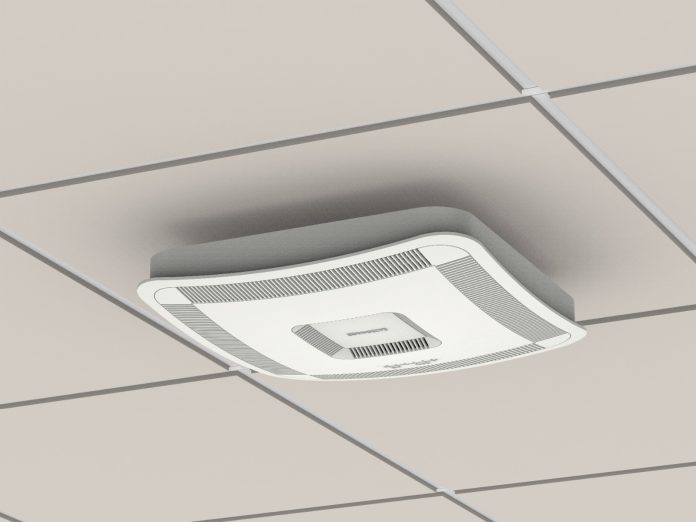While DAS is essentially a prerequisite for equipping large venues with robust in-building coverage, it remains true that most commercial real estate buildings fall below the size threshold where DAS is an economically viable option. In these cases, wireless coverage has largely been left to the macro-cellular network. To this end, if there is a single hardware consideration to point to that will facilitate broader in-building coverage beyond large venues it is likely to be advancements that make small cells easier to deploy and manage.
Deployment flexibility
For many in the telecom industry the idea of tiny base stations hanging off of lamp posts, bus stops, and even in the hallways of the buildings where we work is not a foreign concept. At the same time, as building-owners seek to enable the type of capacity and density needed to support scores of thousands of people in a stadium, or thousands of IoT devices in a square meter then network planners must have greater degrees of deployment flexibility at their disposal.
In a stadium example this might mean the ability to site small cells underneath stadium seats. In a shopping mall it might be integrating a small cell into a bench or a plant stand. In office buildings it might be integrating small cells into cubicle frames or light fixtures.? In any case, reductions in form factors are necessary, as are ways of powering the devices. To this end, the work that is being done by chipmakers to put more processing power and/or more antenna arrays on small chips is fundamental to the proliferation of in-building networks.
Operational considerations
Beyond form factor, there are also operational considerations that must be taken into account when envisioning a scenario where scores, or even hundreds, of small cell base stations are deployed within a building. In the telecom industry ?plug and play? is an often overused term. However, in the case of in-building wireless, the term must be more than a buzzword.? Small cells must be able to be deployed much more akin to an IT network element (e.g., Wi-Fi access point) than a piece of telecom equipment.? In other words, the process to turn-up, integrate, and operate a system of small cells must be able to be understood by IT managers rather than telecom-grade network operations professionals.
802.11ax (Wi-Fi 6)
Beyond developments in cellular broadband, the latest generation of Wi-Fi ? termed 802.11ax ? has been designed to help bring W-iFi access into the 5G and/or IoT era.? The incorporation technical features such as MIMO, QAM, and OFDM, help to bring throughput enhancements, bandwidth efficiencies, and spectrum utilization characteristics that will make in-building Wi-Fi networks much better equipped to handle 5G and IoT requirements. To this end, while it is nearly universally agreed that cellular ? both licensed and unlicensed ? will have a major role to play in equipping buildings to handle 5G requirements, Wi-Fi will continue to have a central role in providing connectivity to a variety of wireless terminals.
To download The Great Indoors: In-Building Wireless is a Must, a comprehensive examination of the current state of the in-building wireless market, please click HERE.
For further reading see also:
Survey says: more robust in-building wireless required
In-building wireless 2019: key DAS developments
In-building wireless 2019: CBRS and shared spectrum
In-building wireless 2019: Recommendations to spur deployments

